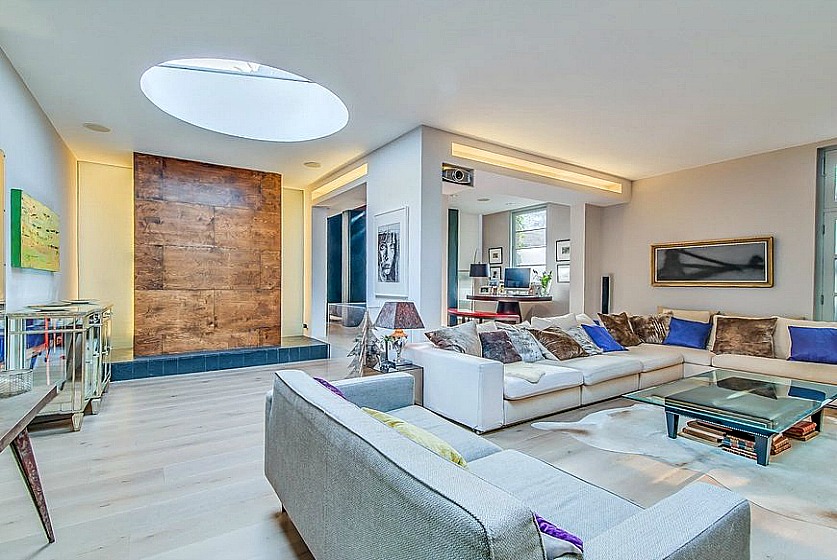Year of the modern London mews


Whatever your personal take on 2016 (as the year of Brexit, Trump and the loss of a pantheon of much-loved celebrities), this was the year that London’s innovative mews conversions received the acknowledgement they’ve long deserved.
Earlier this year we highlighted some exciting contemporary mews developments, such as Project Orange’s reinterpretation of a traditional mews street – designed to fill an awkward space between existing buildings in West London – and architect Sanya Polescuk’s light-filled conversion of a 19th century building in Camden, which was ‘wrapped’ with the latest insulation materials to achieve a staggering 75% reduction in energy consumption.
Both these projects show how mews properties can be adapted to offer the very best in 21st century living, but the jewel in the crown is surely the Modern Mews conversion designed by Coffey Architects, which beat 20 entries on RIBA’s House of the Year 2016 longlist to become a London award winner. The design was described by the judges in glowing terms as “a fine marriage of planning, control of light and rigorous detailing [which] has very cleverly multiplied the use of space to create a family home well beyond the client’s aspirations.”
In order to create a flexible, light-filled living space, Coffey used techniques borrowed from Japanese homes and tea-rooms to transform the interior of a traditional, single-aspect property. Conceived as “an intricately designed and constructed piece of joinery”, the project involved moving the staircase to a central position and installing a glazed roof, sliding glass doors and glass floors that allowed light to permeate throughout the four-storey building.
Although the property had to be entirely gutted to allow the interior transformation to take place, the architects avoided making any radical changes to the exterior. This is in keeping with many contemporary mews conversions, as mews streets are often located in conservation areas where the outward appearance of properties is carefully managed to ensure their traditional charm and character is not lost to modern development.
If the exceptional modern mews houses we have showcased this year have piqued your interest, then why not call in the experts to find your new mews home? Lurot Brand has specialised in selling and letting London mews properties for over 40 years and we have a wide range of stylish, contemporary houses available to view right now.
Our offices in Notting Hill, Hyde Park and South Kensington, ensure we are perfectly placed to help you find properties in some of the capital’s most exclusive locations, so call us today and make 2017 the year you move into a mews.
